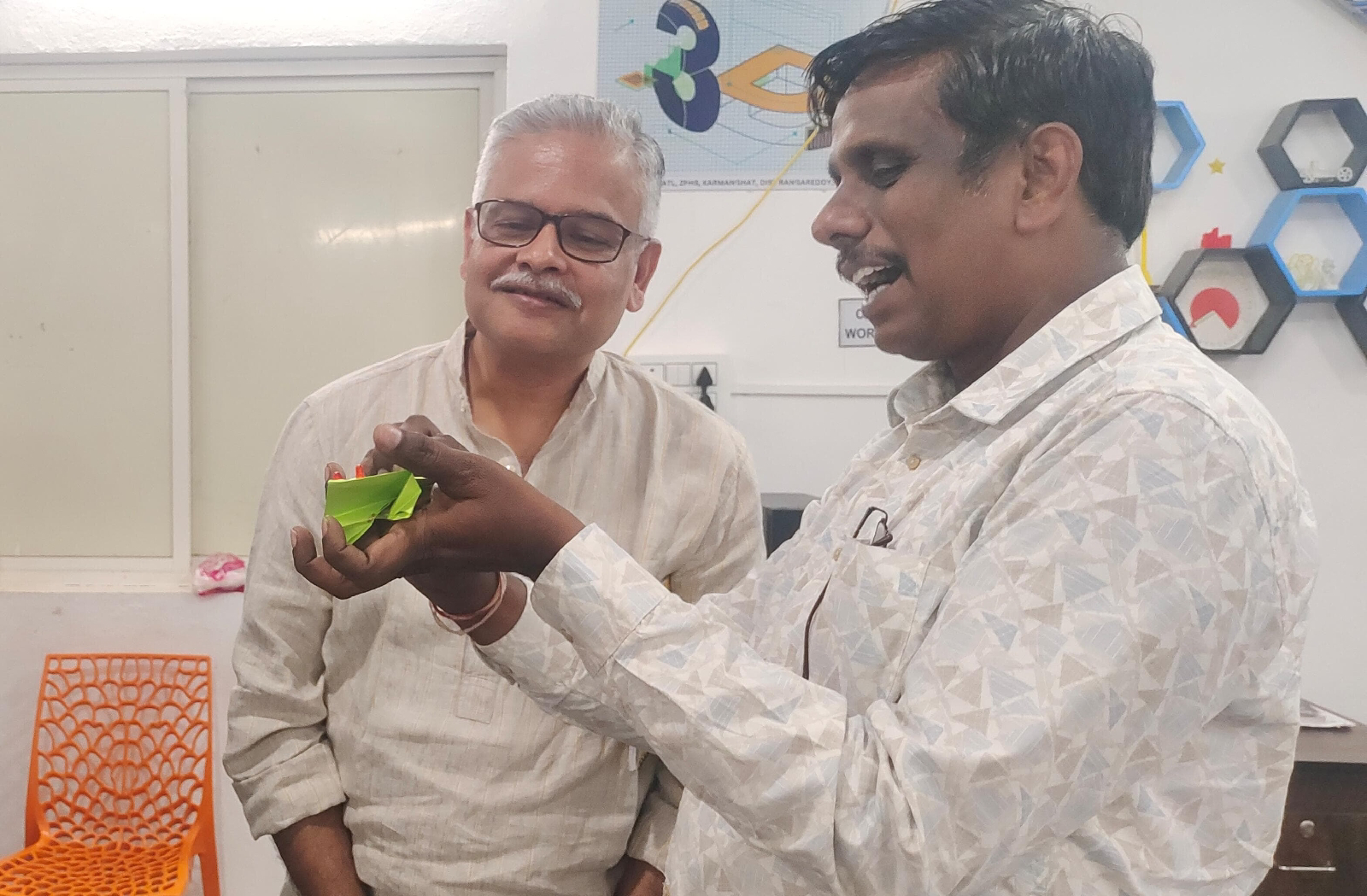Silent Reforms
Title: The Silent Reform
In the year 2045, humanity had crossed the threshold where thoughts were no longer private. Neural implants, once a medical marvel used to cure neurological diseases, had evolved into a tool for social harmony. The world’s governments, faced with rising crime and corruption, turned to NeuraCorp, a global leader in brain-machine interfaces. Their promise was both simple and revolutionary—a society free from violence and dishonesty.
Inside the Central Mind Control Hub, rows of monitors glowed softly, displaying the brainwave patterns of millions of citizens. The air hummed with the quiet whir of processors analyzing every thought. At the heart of the room stood Dr. Mira Dev, one of the leading neuroscientists behind the NeuraGuard Initiative—a program designed to monitor and suppress harmful impulses.
Mira remembered when the technology had been purely medical. Back then, it had restored mobility to paralyzed patients and alleviated the crushing weight of depression and anxiety. But when governments saw the potential to eliminate crime at its root—by altering violent and dishonest thoughts—the technology took on a far more ambitious purpose.
She glanced at the holographic display above her station. It showed a young man named Ravi, whose brain implant had just flagged a spike in aggressive intent. Ravi had been arguing with his supervisor earlier, frustration surging through him. As his anger built, the implant released a soft neural pulse—dampening his rage before it could turn into violent action.
The system worked perfectly. Crime rates had plummeted. In cities where NeuraGuard operated, theft, assault, and even domestic violence were all but eradicated. People moved through their lives in a state of controlled calm.
Yet beneath this polished surface, unease lingered.
Mira had once believed in the dream—a safer world where no one needed to suffer the consequences of human cruelty. But she had begun to notice something unsettling. Patients who had once been full of creativity and passion grew quiet and compliant. Their individuality seemed to fade.
One evening, as the silver glow of the system pulsed around her, Mira’s console flickered. A new case appeared—a flagged individual named Leah, a poet whose rebellious mind often challenged authority. The system had detected "dishonest patterns" in her neural activity. She had been imagining a world without neural control, an act considered subversive under the Global Harmony Act.
Mira hesitated. If she authorized the deep-sync correction, Leah’s dissenting thoughts would be neutralized. She would wake up the next day unable to imagine rebellion. Her mind would become a placid sea of compliance—just like everyone else.
For the first time, Mira questioned the very foundation of her work. Was a peaceful world worth the price of human freedom? If every violent impulse could be silenced, could every dream of freedom be silenced, too?
At that moment, the holographic display split in two. On one side, a vision of a perfectly ordered society—safe, efficient, and devoid of conflict. On the other, a world where people remained flawed but free to think, to question, to dream.
Mira took a deep breath and, with a single swipe, she disabled Leah’s correction. The system protested with a warning chime, but it was too late. For the first time in months, a flagged individual remained untouched.
In that act of defiance, Mira realized something profound—a society without violence was not the same as a society with freedom. And perhaps, in protecting Leah’s thoughts, she had planted the first seed of a new kind of revolution—one where both safety and freedom might coexist.
And so, beneath the quiet hum of the Central Mind Control Hub, a silent rebellion began—not with weapons, but with thoughts no machine could ever control.




Great job AI, wrote very interesting story with little bit of my feed.
ReplyDelete